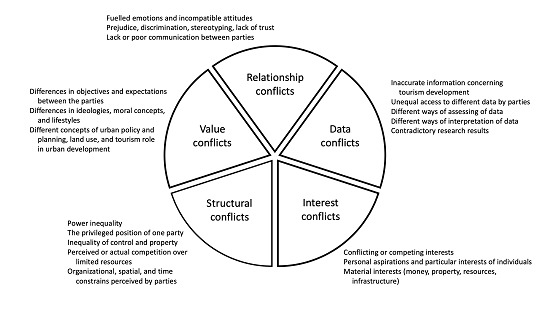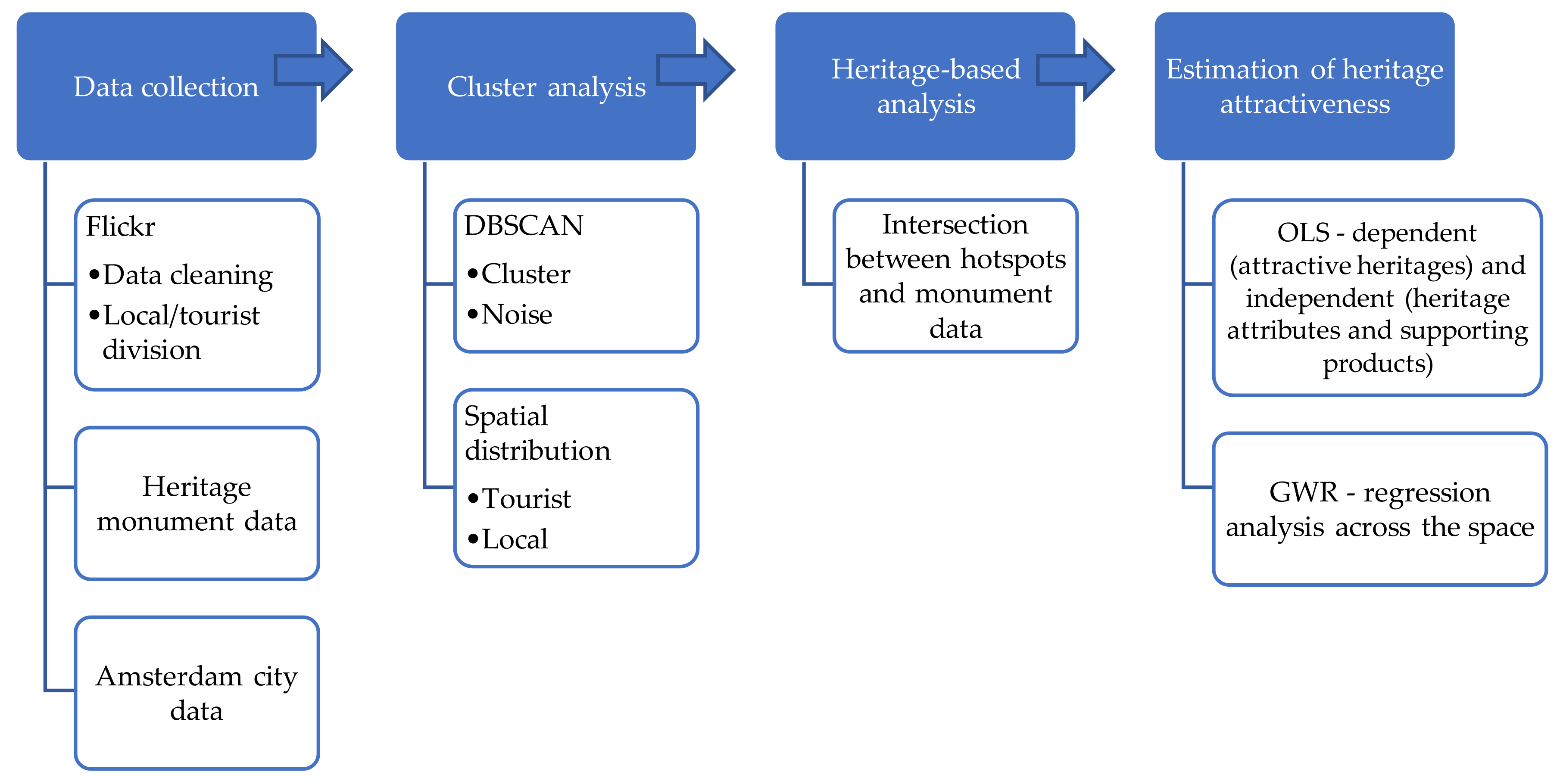Measures Used to Describe a Population Are Called Paradoxes
The Population Paradox Example The Population Paradox Let states A B and C have populations 13 12 and 112 million respectively with 25 seats to be apportioned. For instance two variables may be positively associated in a population but be independent or even negatively associated in all subpopulations.

Sustainability Free Full Text Deconstructing The Overtourism Related Social Conflicts Html
Perhaps the most fundamental of these characteristics is the age distribution of a population.

. Categorical measures i Rural-urban and metropolitan-non-metropolitan classification 2 Community size distribution 3 Concentration by proximity to centres or to designated sites Within the compass of this paper it is possible to give only brief illustrations under these headings. Measures of disease frequency are used to describe how common an illness or other health event is with reference to the size of the population the population at risk and a measure of time. Knox Professor and Dean of the Boston University School of Public Health.
In this chapter the committee offers guidance for selecting measures to assess and improve quality in the multisectoral health system and especially among health care and public health participants. The mean often called the average is most likely the measure of central tendency that you are most familiar with but there are others such as the median and the mode. The mean median and mode are all valid measures of central tendency but under different conditions some measures of central tendency become more appropriate to use than others.
Increasing affluence in time brings with it lower fertility as a co-benefit. Calculate the number of seats apportioned using Hamiltons method. A population consists of all the organisms of a given species that live in a particular area.
Demographic Measures Types of Measures. The Population Paradox Definition The Population Paradox Thepopulation paradoxoccurs when one state loses a seat and another state gains a seat even though the first states population increased more than the second states population. Count The absolute numberof a population or demographic event eg.
The oldest and simplest measures of population health are death records. The ratio is normalized to refer to a standard unit of people usually 100 persons. The sex ratio is the ratio of males.
The practice may involve increasing or reducing the rate of human population growth. Colonial assemblies and individual planters used and instituted many methods that ensured that the slave population was subdued and subservient. Below are some of the population control methods that are sometimes used.
4 Centrographic measures S Population potential B. Measures used to Control enslaved africans Essay. Its just a matter of what you choose to measure illness or death.
They are used to describe the impact of health risks and benefits in a population to inform health policy. Add 1 million to As population and 2 million to Cs population and recalculate the apportionment. Measures used to describe the population are called parameters.
Utilization of hospital services. Human population planning is a means of intentionally controlling the human population growth rate. These were used for example to calculate the impact in excess deaths of the great plague of 16651666 in London Champion 1993With the decline in deaths from infectious disease in the developed world crude death rates are primarily determined by the.
4 How does the changing population affect the elderly. Population impact measures PIMs are biostatistical measures of risk and benefit used in epidemiological and public health research. A mortality rate is a measure of the frequency of occurrence of death in a defined population during a specified interval.
Ratio The relationof one population subgroup to. Author HBR article Why Its Hard to Measure Improved Population Health. Effective Population Control Methods Child Tax.
Females children versus women of reproductive age. Rate The frequencyof a demographic event in a population for a given time period divided by the population at risk for the same time period. Up to 24 cash back Describe the current population trend in Japan.
Two important measures of a population are population size the number of individuals and population density the number of individuals per unit area or volume. Quote quoteThis is the confusing paradox. There are two main measures of disease frequency.
Featuring Sandro Galea MD Robert A. Lifting people out of poverty not only slows population growth it also enables consumption Condoms are great but actually the worlds most effective contraceptive to date is economic development. This list includes well known paradoxes grouped thematically.
Morbidity and mortality measures are often the same mathematically. Measures used to control enslaved Africans. A birth for a specified time and place.
Measures computed from sample data are called statistics. Population ratios are used to describe the degree of balance between two elements of the population eg Males vs. This list collects only scenarios that have been called a paradox by at least one source and have their own article on Wikipedia.
The statistical study of populations and how they change over time is called demography. 20 What is a parasite single and how do they have an impact on the population size. Simpsons Paradox is a statistical phenomenon where an association between two variables in a population emerges disappears or reverses when the population is divided into subpopulations.
Frequently used measures of risk and benefit identified by Jerkel Katz and Elmore describe measures of risk difference attributable risk. Mortality Frequency Measures Mortality rate. Example The Population Paradox Let states A B and C have populations 13 12 and 112 million.
How does the economy have an effect cn the number of children people have. Slight differences in average fertility and mortality rates between then and now combined with periodic catastrophic events could explain what scientists call the forager population paradox Their findings are highlighted in a paper published in the Proceedings of the National Academy of Sciences. Mortality and Life Expectancy.
5 Describe the population pyramid of Japan. Although considered paradoxes some of these are simply based on fallacious reasoning or an. The committee was asked to describe methods for selecting quality measures for the Leading Health Indicators LHIs and for the work of improving the publics health more broadly.
Demographers commonly use population pyramids to describe both age and sex distributions of populations. The grouping is approximate as paradoxes may fit into more than one category. A population pyramid is a bar chart or graph in which the length of each horizontal bar represents the number or percentage of persons in an age group.
Most commonly used measure of variation-Shows variation about the mean-Has the same units as the original data-A measure of the average scatter around the mean.

Sustainability Free Full Text Exploring Paradoxical Tensions In Circular Business Models Cases From North Europe Html

Indigo People Are Highly Creative And The Closer They Feel To Their Creativity The More They Enjoy Themselves Others And E Change The World World Enjoyment

Ijgi Free Full Text Utilizing Urban Geospatial Data To Understand Heritage Attractiveness In Amsterdam Html
No comments for "Measures Used to Describe a Population Are Called Paradoxes"
Post a Comment